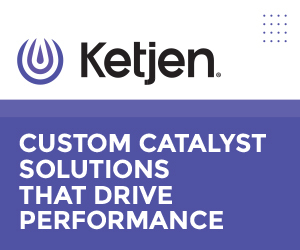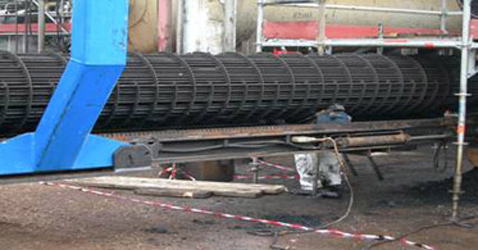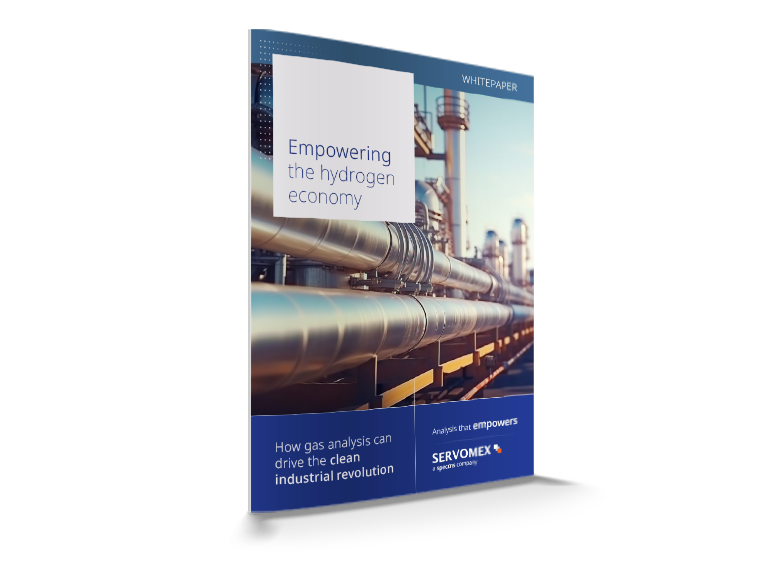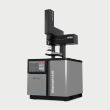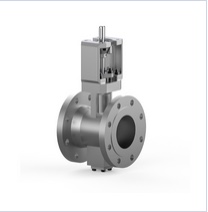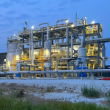May-2025
Save time and costs with presulfurisation technology
With fluctuating crude prices, shifting regulations, and growing pressure to reduce carbon emissions, refiners are juggling a multitude of challenges. Although the sector remains profitable, refiners continue to face financial and operational pressures, with a growing focus on greater efficiency, yields and sustainability, and exploiting technological advancements.
Madeline Green
Evonik
Viewed : 792
Article Summary
With fluctuating crude prices, shifting regulations, and growing pressure to reduce carbon emissions, refiners are juggling a multitude of challenges. Although the sector remains profitable, refiners continue to face financial and operational pressures, with a growing focus on greater efficiency, yields and sustainability, and exploiting technological advancements.
Catalysts are an indispensable part of refining operations, enabling better efficiency, improved product quality and lower environmental impact to comply with stricter environmental regulations.
In hydrotreating, catalysts remove impurities such as sulphur, nitrogen, and metals from feedstocks, making fuels cleaner and helping refiners meet increasingly stringent fuel quality standards.
Before these catalysts can begin converting feed, however, they must be activated by converting metal oxides into their active sulphide form. The activation process, while essential, can introduce cost, risk, and delay, depending on the method used.
In the case of hydrotreating applications, optimised catalyst activation (where hydrotreating catalysts are prepared before use in chemical reactions) has been proven to deliver significant cost benefits.
Why traditional methods are falling behind
Existing methods of catalyst activation methods – in situ sulphiding and full preactivation – can present various challenges for refiners; from slowing down unit startups or being too costly and posing safety concerns. These issues can often conflict with refineries’ objectives.
• In situ sulphiding involves injecting a sulphur compound into the reactors after catalyst loading. However, this process has been linked to operational complexities given the numerous time-consuming steps involved e.g., pre-wetting, dry-out, and temperature holds, which can be nearly impossible to achieve in commercial scale reactors. In situ sulphiding also carries safety and environmental concerns that stem from the toxic gases associated with it, like sulphur additives and hydrogen sulphide (H₂S). Startup delays are also common with this method, often stretching operational downtime.
• Full preactivation, or ex situ sulphiding, is a simpler process as it delivers a fully activated (via conversion of metal oxides to active metal sulphides), drop-in catalyst to site that’s ready-to-go. While it offers a more convenient alternative to in situ sulphiding, preactivation comes with a premium price tag and must be handled under inert conditions, adding another layer of complexity and risk during loading.
These limitations can conflict with overall refinery objectives. Refineries need to be able to get hydrotreating units online quickly after catalyst changes, to ensure production targets are met, operational costs minimised and a reduced risk of downgrading products. Thus we see an industry move away from these methods – which is where presulphurisation technology comes in.
Faster, flexible, safer
Presulphurisation, or ex situ partial sulphiding, offers a balanced approach that addresses many of the issues posed by traditional activation methods. It provides high levels of catalyst activity, with no risk of metals reduction during the activation process (the sulphur in the pores drives the reaction toward the desired metal sulphides), supporting increased yields and efficiency.
The technology sulphurises the catalyst before it is loaded into the reactor and ensures the sulphur is uniformly distributed across the catalyst, as well as chemically bound in place at greater-than-stoichiometric-levels. Crucially, this process ensures all active sites will be fully sulphided.
Partially activated before loading in the presulphurisation process, the rest of the sites are then fully converted to metal sulphides during the reactor heat, requiring a temperature of 315°C (600°F) to achieve full activation. During the reactor heat up, a range of sulphiding chemicals are generated, reacting with hydrogen over a broad temperature range. This results in a gradual, controlled activation.
When it comes to safety, presulphurisation technology outperforms alternatives. Unlike full preactivation, presulphurised catalyst can be safely loaded in air under the proper precautions, eliminating inert entry concerns at no additional cost. This method also reduces or eliminates exposure of operations staff to toxic sulphiding agents; there is no dealing with toxic additives on site with temporary pumping stations and H₂S levels do not need to be monitored.
In addition, presulphurisation bypasses the lengthy steps associated with in situ sulphiding. To put this into context, the image below shows how Evonik’s technology, actiCAT®, can save significant time ranging from 18 hours, looking specifically at typical hydrotreater startups, to several days, for hydrocrackers and very large hydrotreaters.
Added protection
For further optimisation, especially when processing cracked or challenging feedstocks, a protective layer technology designed to guard the active catalyst bed from coking can be applied. Evonik’s actiCAT Shield® can be added to reduce the hyper-activity at the start of the cycle to prevent coking and polymerisation from cracked feedstock. This not only protects the integrity and activity of the main catalyst but also allows the introduction of cracked feedstocks immediately upon startup to eliminate the traditional three-day hold on straight run feed.
A North American refinery jet hydrotreater applied this technology to its Type II Nimo catalyst, which resulted in a significantly quicker start-up compared to the in situ sulphiding method. The industry standard three-day break-in period was also eliminated, allowing the refiner to hydrotreat cracked feed on day one of the cycle. The technology proved so successful in this case, that multiple units were subsequently loaded with actiCAT Shield®, due to the economic benefits it provided.
Catalysing the takeaway
While not a new technology, presulphurisation remains a compelling choice for refiners looking to navigate current market complexities. It speeds up and simplifies startups, improves safety, and delivers meaningful economic value, all without sacrificing performance.
Technologies such as Evonik’s actiCAT® exemplify how partial ex situ sulphiding can strike a practical balance between cost efficiency and operational flexibility. When paired with protective solutions such as actiCAT Shield®, refiners gain additional assurance that catalyst performance will be preserved even in the face of feedstock variability.
Together, these solutions support a more reliable and resource-efficient activation strategy, allowing refiners to meet today’s demands while better preparing for the complexities of tomorrow’s refining landscape.
Sponsor:
Categories:
Add your rating:
Current Rating: 1



